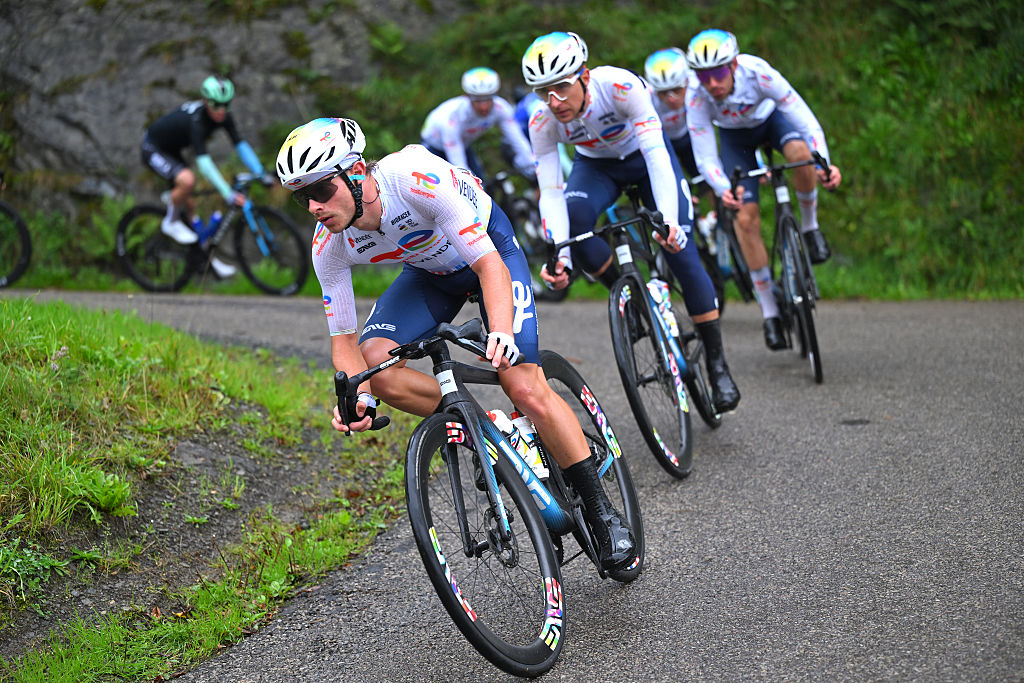Watershed moment: The Tour de France hits the mountains at La Planche des Belles Filles
Stage 6 will not decide Team Ineos leadership, says Portal
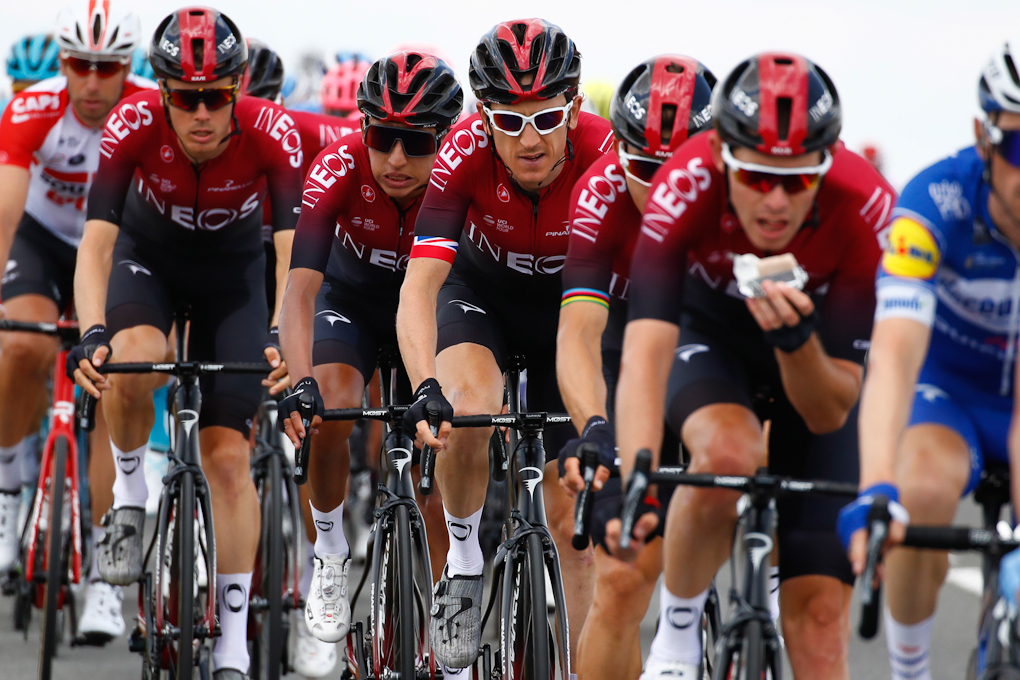
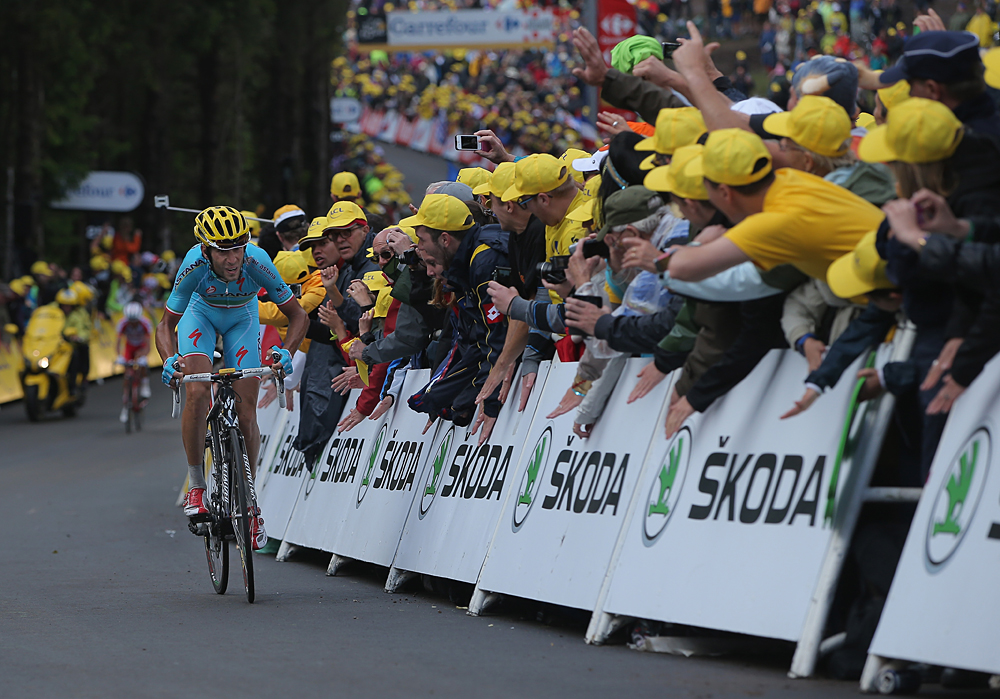
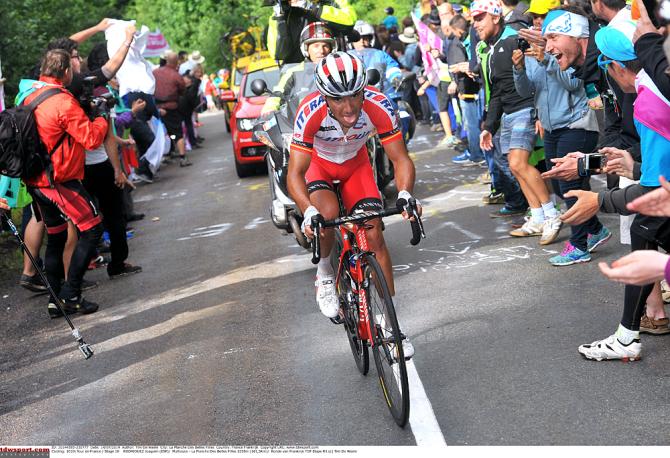
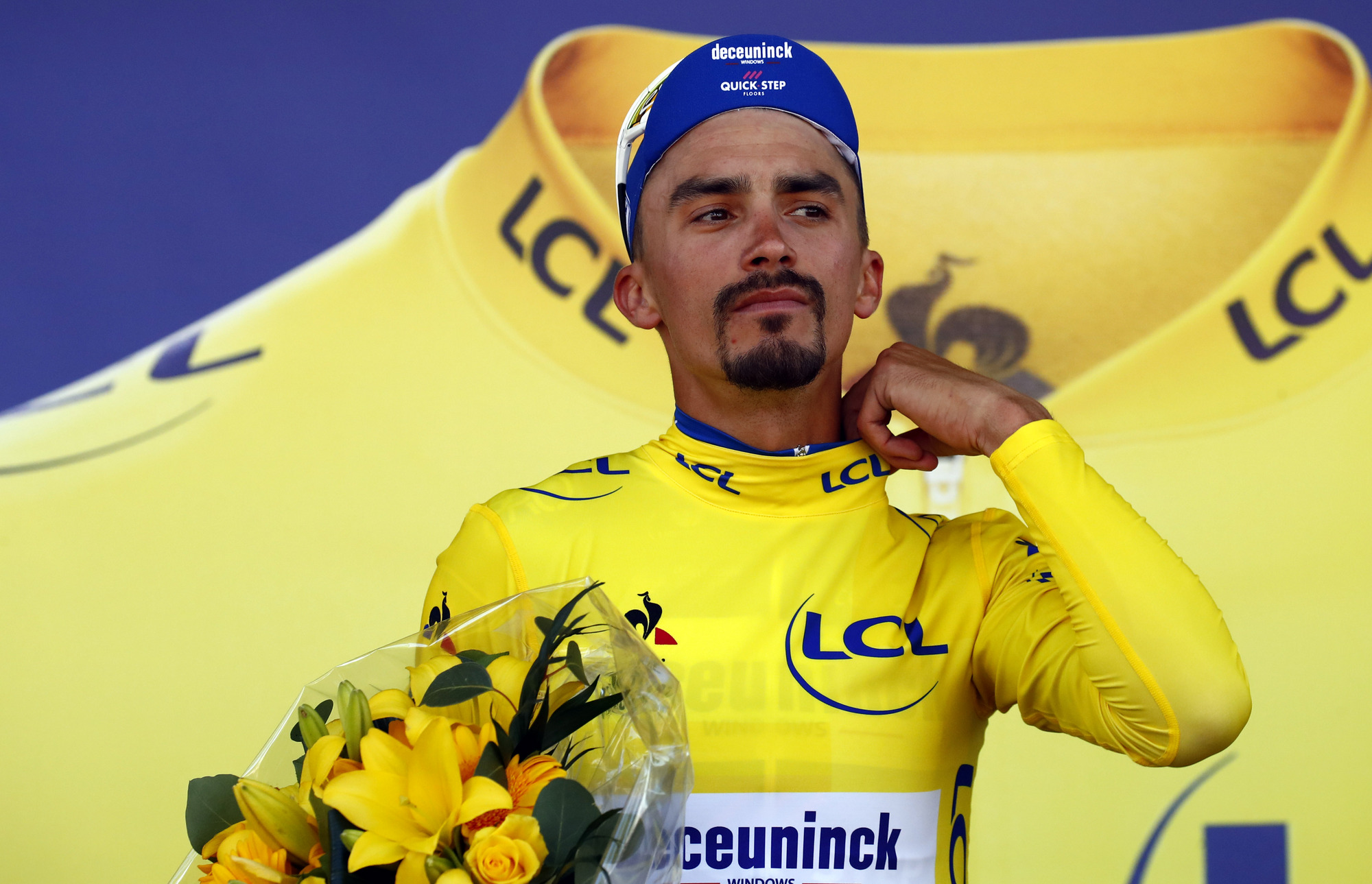
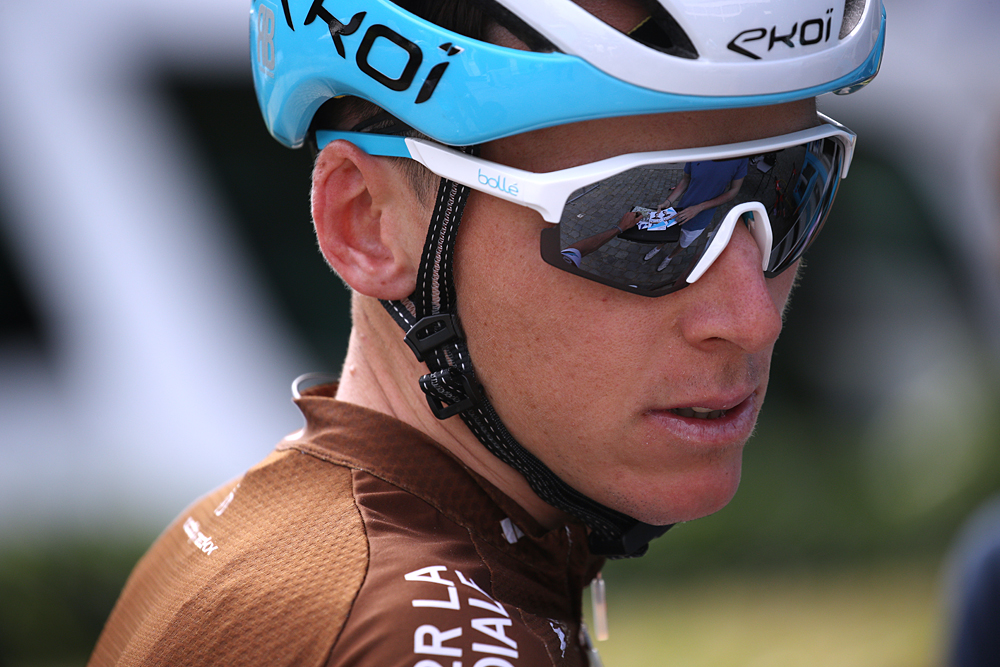
La Planche des Belles Filles stands just 1,140 metres above sea level, but the mountaintop has dominated the horizon through the opening week of the Tour de France. Reading the runes of the seconds won and lost in the team time trial or the split in the finale at Épernay felt like a fool’s errand; every supposed truth revealed was in the eye of the beholder. The trek through the Vosges on stage 6, on the other hand, should provide a rather more impartial view of the lie of the land on this Tour.
With so much distance still to run between here and Paris, stage 6 will not be decisive but there is every chance that it will be indicative of what is to follow. La Planche des Belles Filles has certainly proved a reliable oracle in the past. On each occasion that the Tour has visited, the maillot jaune at the summit has gone on to win the race overall: Bradley Wiggins in 2012, Vincenzo Nibali in 2014 and Chris Froome in 2017.
Thursday’s trek through the Vosges features almost 4,000 metres of total climbing, and the final haul to the finish – extended by a viciously steep kilometre this time out – is certainly hard enough to provoke gaps among the favourites. The Tour will neither be won nor lost at La Planche des Belles Filles, but the fissures opened on its slopes will set the tenor for the days ahead and could well suffice to tip the balance of power at Team Ineos and Movistar.
Defending champion Geraint Thomas and Tour de Suisse winner Egan Bernal began this Tour as co-leaders of Ineos. So far, the road has provided no separation beyond the five seconds Bernal gained at Épernay, but Thursday offers a chance for more than marginal gains to be made à la pédale. Whatever the outcome at La Planche, however, Ineos directeur sportif Nicolas Portal insisted that it would still be premature to assign the role of outright leader to either rider on the basis of the stage result.
"No, it would be much too early because the Tour is very hard in the second and third weeks," Portal said. "In the past, we’ve often seen that contenders have lost ground at La Planche or the first mountain stage, and then they’ve taken flight after that and been very strong in the second and third week. Tomorrow the idea is not to lose time. If we take time tomorrow, that’s a big bonus but it’s not the objective."
At Movistar, Nairo Quintana and Mikel Landa both harbour public ambitions of winning the Tour, while Alejandro Valverde’s reported weight loss has raised the prospect that the world champion, too, is in France with an eye to the final podium. The stage should provide a clearer overview of their respective challenges, not least because the trio need to start clawing back the ground Movistar conceded in Sunday’s team time trial. "It will be a day to measure our own strength and see where we are," Quintana said in Colmar on Wednesday.
Other men seeking reassurances will be Romain Bardet (AG2R La Mondiale) and Richie Porte (Trek-Segafredo), who endured early setbacks in the team time trial, and Jakob Fuglsang (Astana), who was a faller on the opening stage. Elsewhere, Thibaut Pinot (Groupama-FDJ), a native of nearby Mélisey, will race on his training roads buoyed by a near faultless race to this point, while Steven Kruijswijk (Jumbo-Visma) – just 25 seconds down on overall leader Julian Alaphilippe (Deceuninck-QuickStep) – knows that he has a chance to become the second Dutch yellow jersey of the week after teammate Mike Teunissen.
The latest race content, interviews, features, reviews and expert buying guides, direct to your inbox!
For Vincenzo Nibali (Bahrain-Merida), second at the Giro d’Italia, the ascent to La Planche will effectively decide whether he is at this Tour to fight for the yellow jersey or to chase stage wins in the final week. "I’ve seen Vincenzo looking well in the early days, but they haven’t done a real climb of 20-30 minutes yet either," Nibali’s coach Paolo Slongo told Cyclingnews. "La Planche des Belles Filles will be a watershed."
In truth, Slongo’s words apply to the whole cast of contenders, from the aforementioned names to riders like Adam Yates (Mitchelton-Scott), Dan Martin (UAE Team Emirates) and Rigoberto Uran (EF Education First). Above all, the stage will be a watershed for the maillot jaune Alaphilippe. If he retains the jersey here – and many of his peers believe he can – then he might well stay in yellow all the way into the Pyrenees.
The route
The transition from big to little ring can be a brutal one on the opening mountain stage of the Tour, but the general classification contenders were at least able to brace themselves with a smattering of short climbs on the run-in to Colmar on Wednesday afternoon. The terrain becomes increasingly rugged throughout stage 6, which features no fewer than seven classified climbs, including three category 1 ascents. It may ‘only’ be the Vosges, but this is no medium mountain stage.
First up is the category 1 La Markstein (10.8km at 5.4%), which leads on almost without respite to the category 3 Grand Ballon (1.3km at 9%). A fast descent follows before the Col du Hundsruck (Category 2: 5.3km at 6.9%), which brings the stage towards its midpoint. The attrition continues with the category 1 Ballon d’Alsace (11km at 5.8%) and then the shorter ascent of the Col des Croix (3.3km at 6.1%). As in 2014, the category 2 Col des Chevrères (3.5km at 9.5%) immediately precedes the final climb, though this time around, there are time bonuses on offer at the finish.
It would be a surprise, however, if any of the podium contenders were to show their hands before the upper reaches of La Planche des Belles Filles (7km at 8.7%). The ascent begins with stretches of 13% and the gradient regularly flits into double digits thereafter as the road snakes its way towards the summit, where the slopes stiffen still further.
Cruelly, the climb is a little over a kilometre longer this time around. After tackling the 20% ramps that preceded the old finish line, riders must now continue onto the gravel road that leads towards the new, tougher Arrivée. The gradient pitches up to 24% in that final kilometre, and finishing efforts must be dosed carefully.
“The important thing will be to have good sensations,” Bernal said on Wednesday. “Whoever wins tomorrow, it doesn’t mean he’s going to win the Tour.”
Come Thursday afternoon, however, Bernal and everyone else will have a better idea of their possibilities this July. The Tour’s preamble always generates heat; the first mountain test tends to shed some light.

Barry Ryan was Head of Features at Cyclingnews. He has covered professional cycling since 2010, reporting from the Tour de France, Giro d’Italia and events from Argentina to Japan. His writing has appeared in The Independent, Procycling and Cycling Plus. He is the author of The Ascent: Sean Kelly, Stephen Roche and the Rise of Irish Cycling’s Golden Generation, published by Gill Books.
